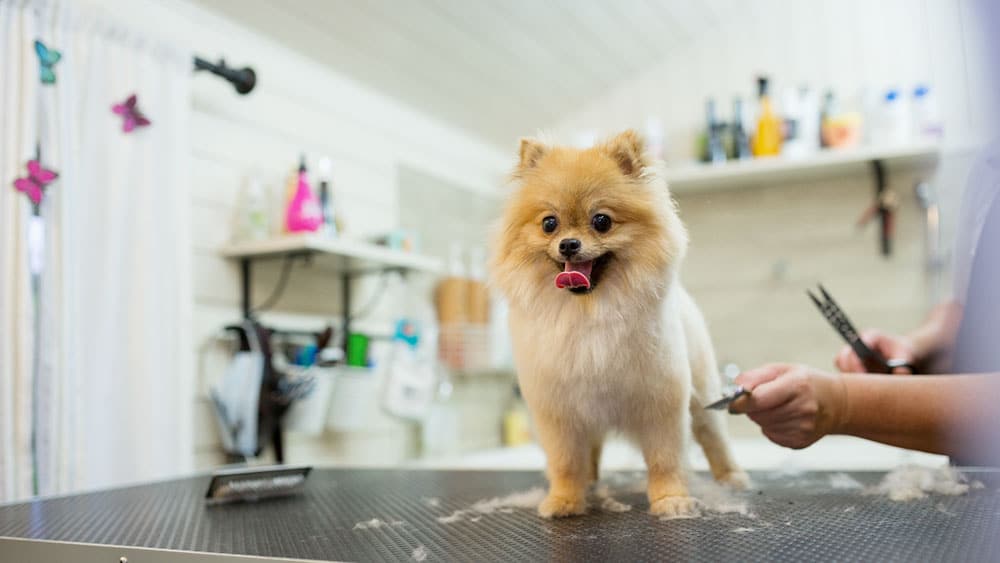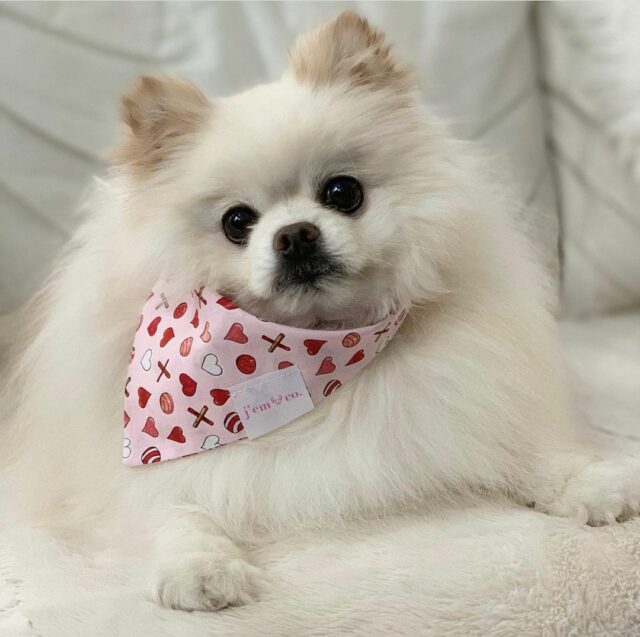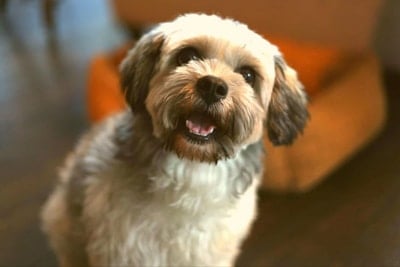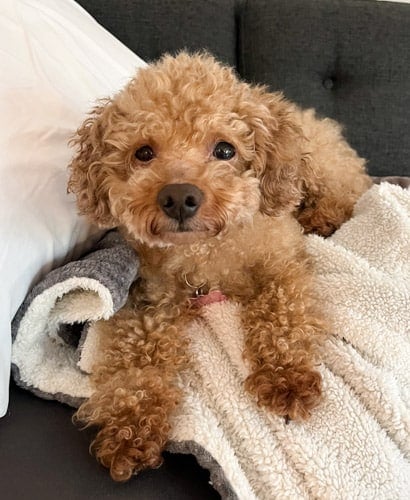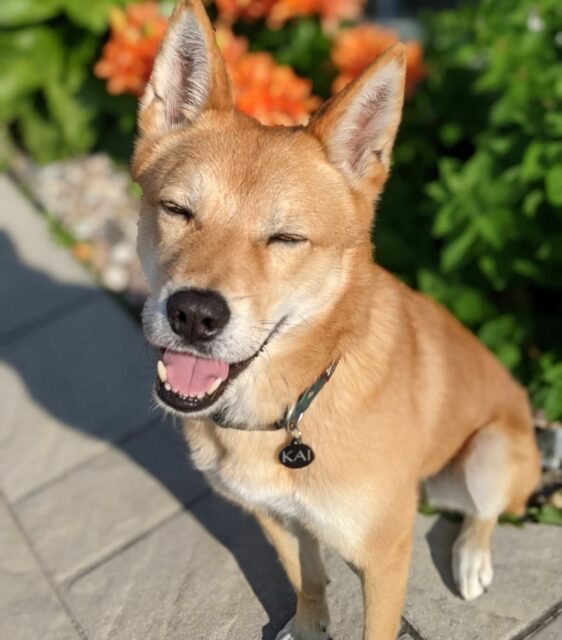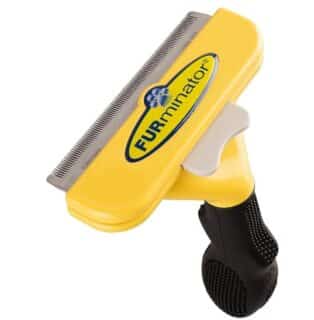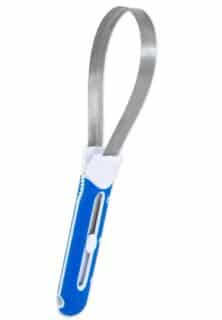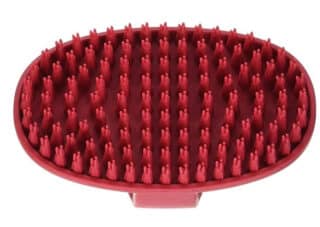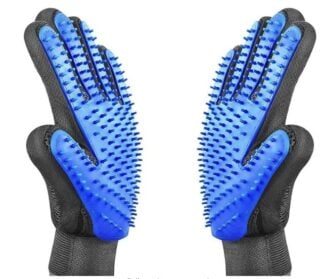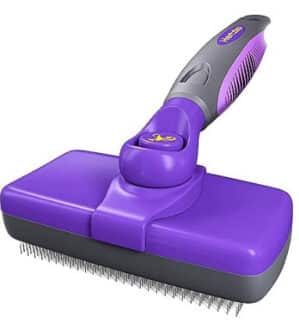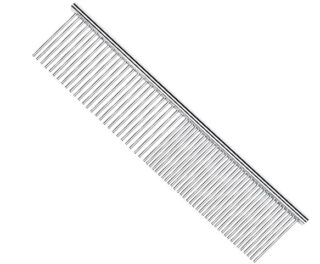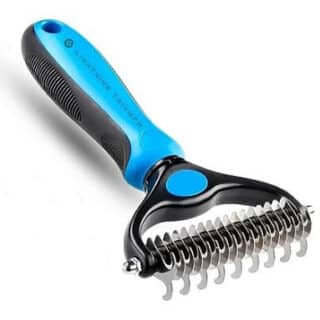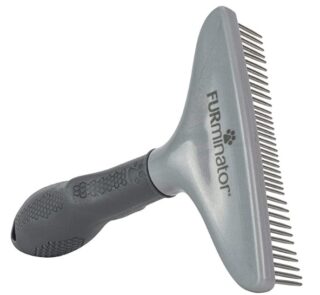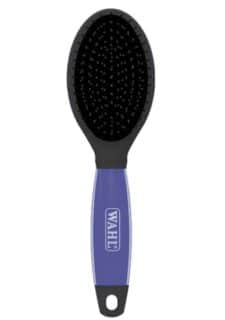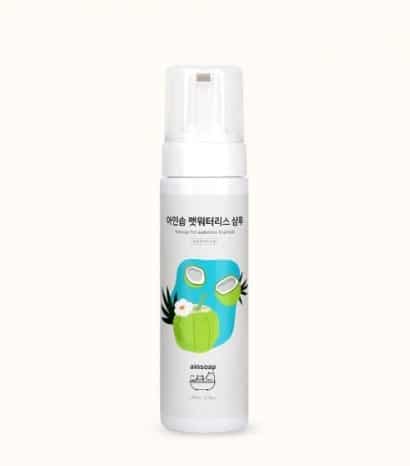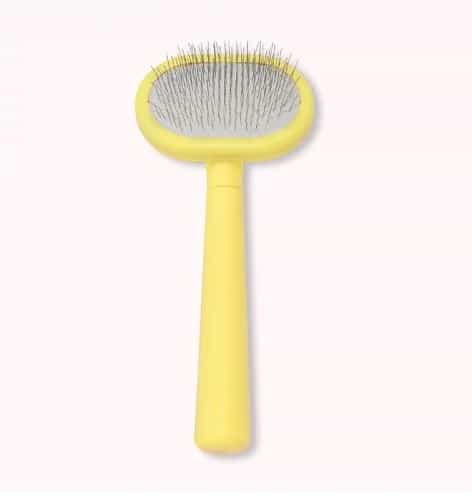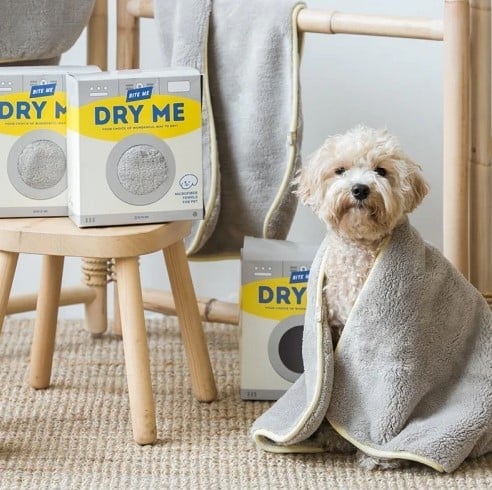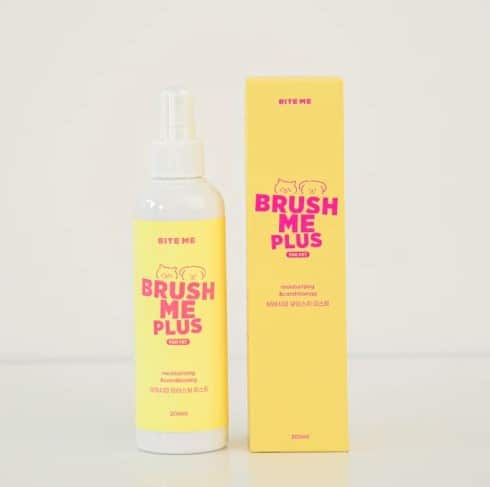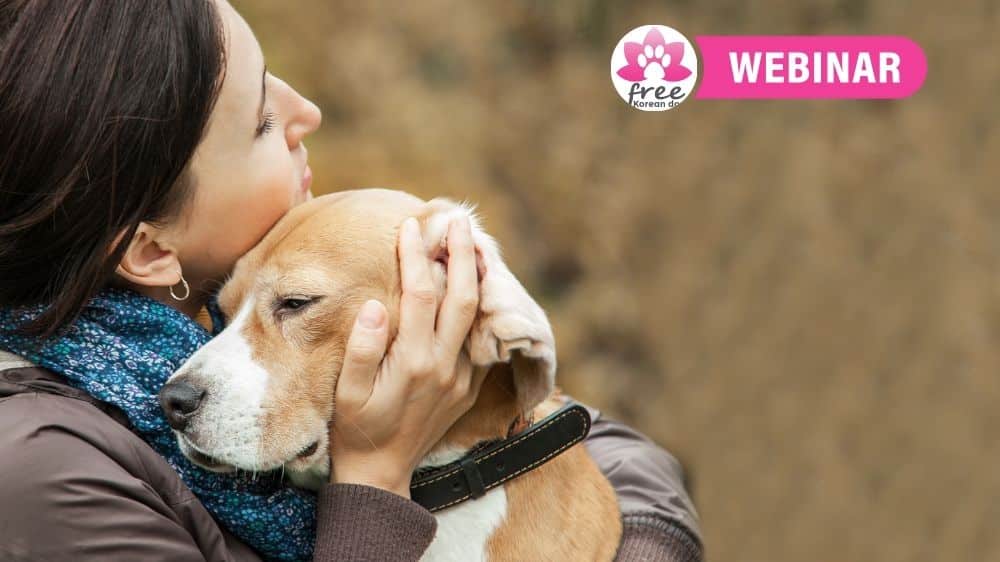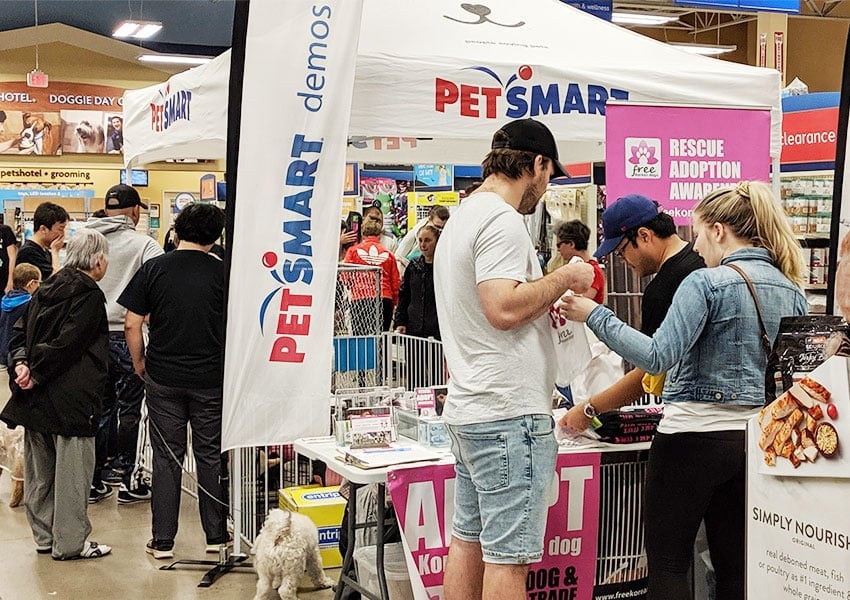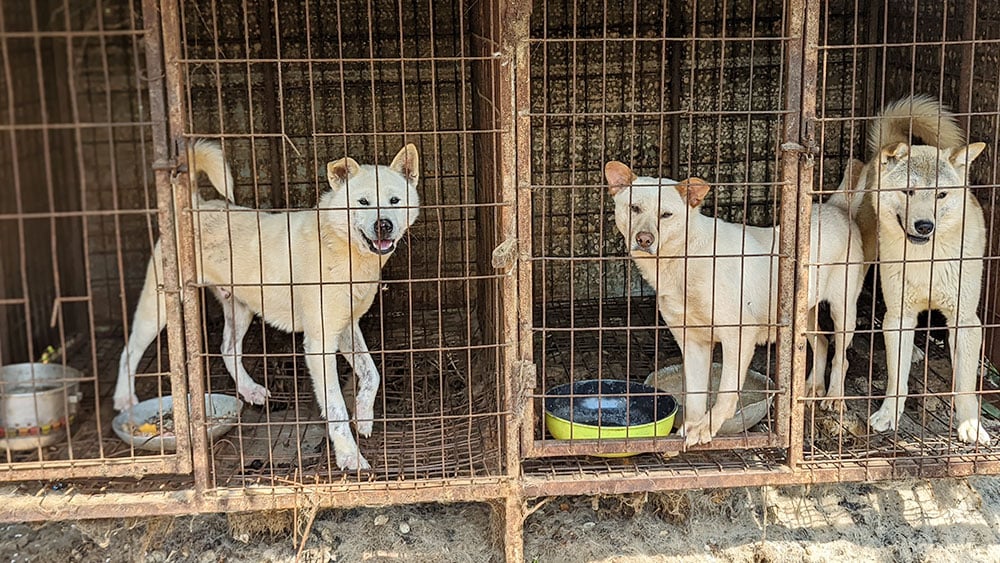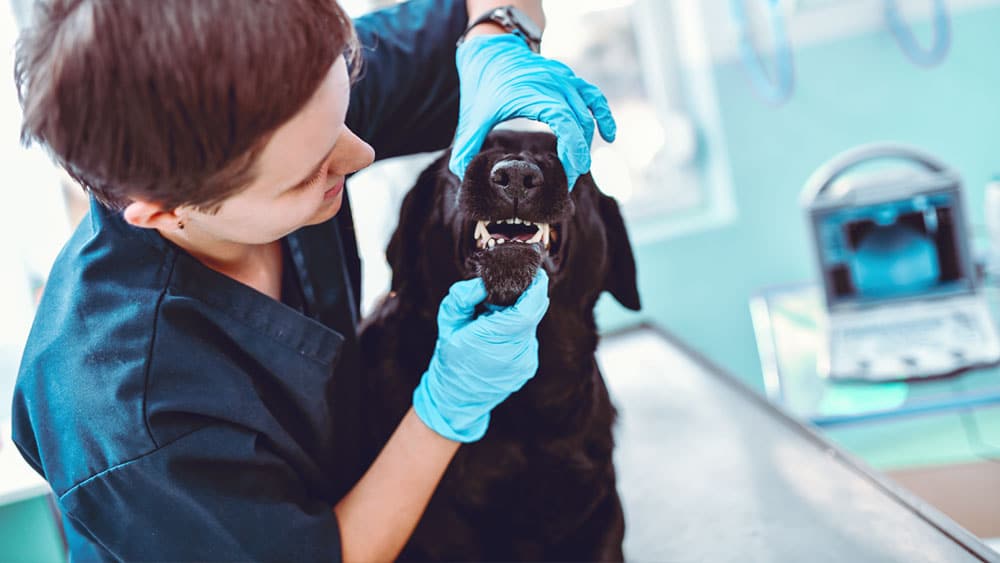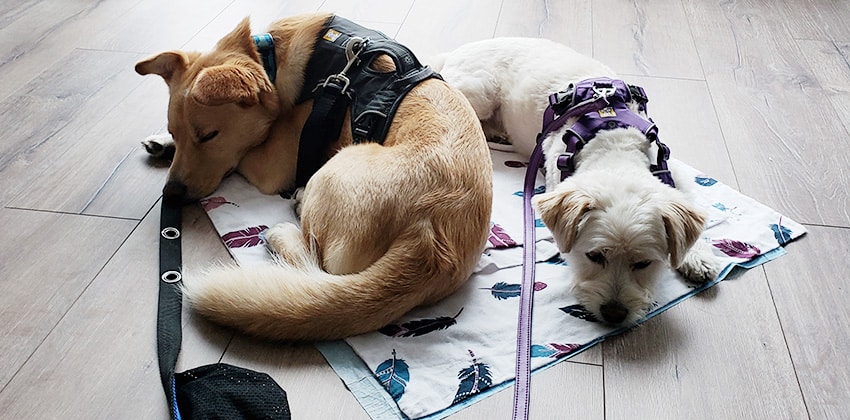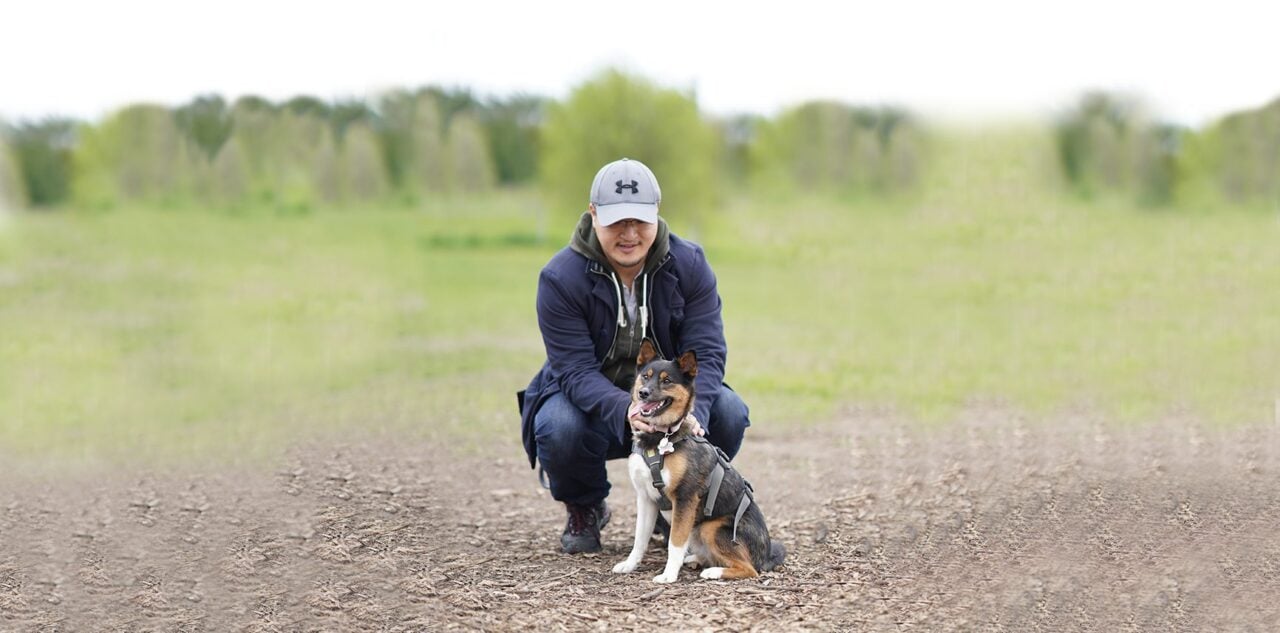Dog Grooming 101: Must Have Tools
We’re nearing the end of Summer, which carries us into Autumn where fallen leaves will cover your lawn and your dog’s fur will cover, well, everything.
Dogs should ideally have a full and thorough grooming session every 6-8 weeks to keep them clean, comfortable, and healthy. However, as rescue dogs, this is not always possible for many obvious reasons. As such, grooming and maintaining your dog’s coat at home is an important routine to establish.
Why is Grooming So Important?
Grooming your dog is more than just brushing loose hair and looking good. Coat maintenance helps keep our dogs comfortable, free of mats and tangles, and even helps them better regulate their body temperatures. This is especially important during the shedding season in the Spring and Autumn when double-coated dogs begin to blow their undercoats.
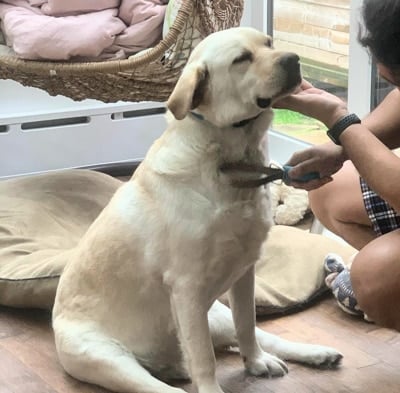
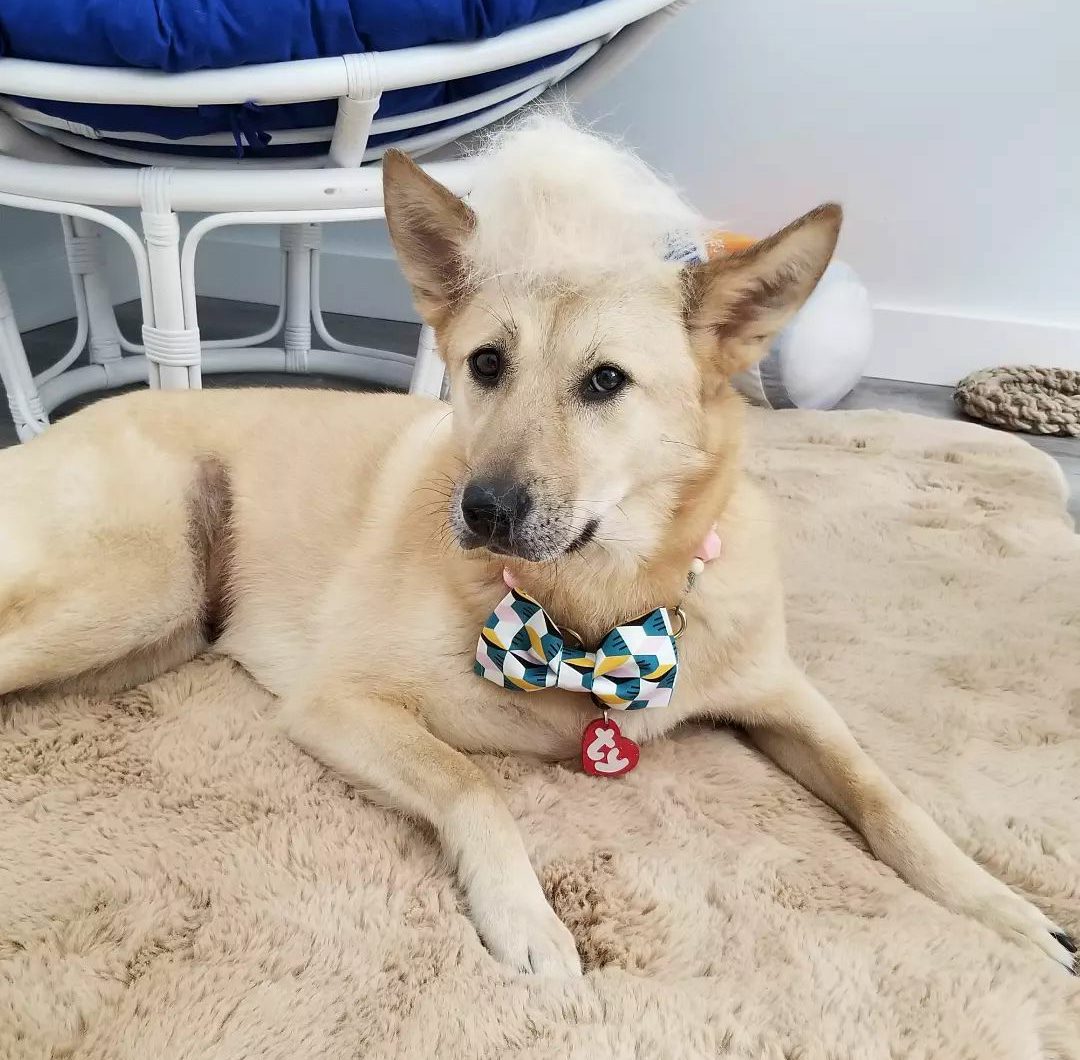
Can You Prevent Shedding?
No, there is no way to stop a dog from shedding. However, regular brushing is the most effective way to reduce the hair that ends up on your clothes and floors. A healthy coat is a reflection of a healthy dog, so keeping your dog on a high-quality diet can also decrease the quantity of shedding.
A common belief is that shaving a dog will help keep them cleaner and cooler. While this is true for some breeds, it is a big NO-NO for double-coated dogs. Double-coated dogs consist of 2 layers. The undercoat, as its name suggests, is the layer closest to the skin. It acts as a natural insulator, helping your dog keep warm in the winter and cool in the summer. When a dog blows their coat, the majority comes from the undercoat. The guard hairs, on the other hand, is the top layer of a dog’s coat which lies on top of the undercoat. They help protect the dog from sunburn, dirt, and in some cases, repel water.
When shaving a double-coated dog, it takes away their ability to regulate their body temperature and can increase their risk of heat stroke in warm weather. Additionally, shaving away guard hairs also makes a dog more susceptible to sunburn and, consequently, skin cancer. It can also cause long-term damage. As the undercoat and guard hairs grow at different rates, it can cause the coat to grow back patchy.
Which Brush is Best?
Before determining which brush is best for your dog’s coat, we must first determine the type of coat.
Short-coated dogs – anything with a short, coarse coat that can be either single or double-coated. Some examples include Labrador Retrievers, Bully Breeds, Chihuahuas, Huskies, Pugs, Rottweilers, Hounds, and of course, Korean Jindos.
Double-coated medium to long hair – anything with a seasonal type shed that needs to be addressed. Some examples include Australian Shepherds, Corgis, Golden Retrievers, and German Shepherds.
Curly-coated dogs – Some examples include: Poodles, Portuguese Water Dogs, Bichons, and Doodles.
Wire-coated dogs – Anything with a coarse, bristly, “wiry” coat. Some examples include many terrier breeds (i.e.: Jack Russel Terriers, Airedale Terriers, etc.), German Wirehaired Pointers, and Irish Wolfhounds.
Drop and silky coats – Some examples include Yorkshire Terriers, Shih Tzus, and Maltese.
Thick and long coats – Some examples include: Newfoundland dogs, Great Pyrenees, and Bernese Mountain dogs.
Types of Brushes and Best Uses
Furminator: It is designed with a metal-edged comb with densely positioned “teeth”. The brush reaches beneath the top coat to gently remove any loose undercoat hair.
Best used for Short-coated, medium-long double-coated, wire-coated, and think & long-coated dogs.
Deshedding blade/loop: A metal piece with a serrated edge bent into a loop and held together with a handle. Oftentimes, the edge is double-sided, offering a “coarse” and “fine” edge on each side. It works to remove loose hair and dirt from your dog’s coat.
Best used for short-coated and wire-coated dogs.
Curry Brush or “Zoom Groom”: A handheld brush made of rubber, and consisting of rubber bristles. The bristles can vary in shape, from pointed to rounded, and work to remove dead and loose hair. It also works great for bath time when lathering or conditioning.
Best used for short-coated dogs.
Grooming Glove: Much the same as a curry brush, but with shorter bristles. As the name suggests, it is designed to be worn as a glove. Also great for bath time for lathering and conditioning.
Best used for short-coated dogs.
Slicker Brush: Made with fine, wire pines often fashioned in an “L” shape. In addition to removing loose hairs, slicker brushes are particularly useful in removing knots, tangles, and mats in your dog’s coat.
Best used for medium-long double coated, curly, drop & silky, and think & long coats.
Metal/Greyhound Comb: Looks like a regular human comb. It is often made of metal with a “wider tooth” comb on one end and a “finer tooth” comb on the other. Like the slicker brush, they help remove knots, tangles, and mats in your dog’s coat and also help with fluffing.
Best used for medium-long double coated, curly, wired, drop & silky, and thick & long coats.
Dematting Comb: A comb with curved metal, sharp-edged teeth. It is designed to cut through knots and tangles and prevent matting.
Best used for medium-long double-coated and thick & long coats.
Deshedding/Undercoat Rake: A comb with a single (sometimes double) line of coarse metal prongs pointing upright. It is designed to get deep into the undercoat and loosen the hair.
Best used for medium-long double-coated and thick & long coats.
Pin Brush: Closely resembles a human hair brush. They are typically oval in shape and have pins made of metal or plastic. Like the slicker brush and metal comb, they help remove knots, tangles, and mats and are also effective in fluffing up your dog’s coat.
Best used for curly, and drop & silky coats.
Other Helpful Grooming Tips
- For longer-coated dogs, it is great to comb first. Find the tangles and use the slicker brush to try and break them apart. Alternate between the comb and other tools like the de-matting comb.
- To avoid tangles, mats, and knows, make sure to brush before and after going swimming, or having a bath. Also, do not allow your dog to rub against walls and other surfaces when wet. Friction causes mats! If your dog has any matting, DO NOT BATHE. Water will only make the knots tighter.
- Blow dry after a swim or bath, and avoid air drying.
- Pay close attention to high friction areas such as the back end, behind the ears, and armpit areas, and ensure they are brushed thoroughly.
- Good quality products such as shampoo, conditioner, and detangling spray are a must.
- To prolong the time in between baths, use a waterless shampoo.
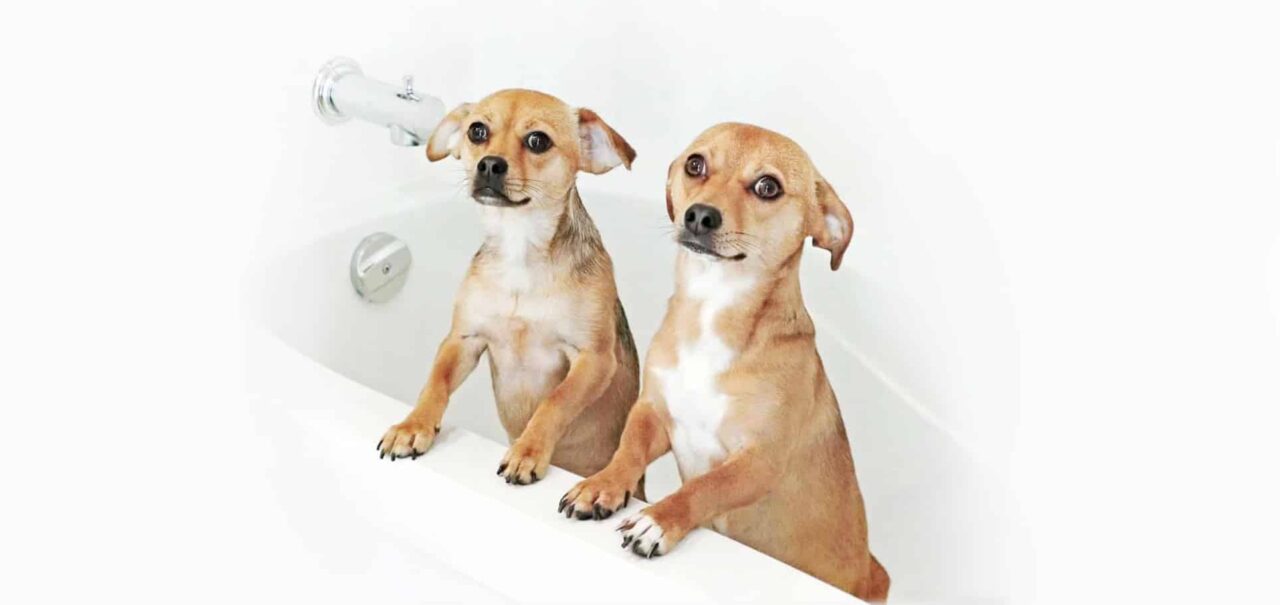
Shop & Support Small Business Options
Grooming tools are readily available at nearly every pet store. If you would like to support a small local business, please also check out our friends at Our Haru! Our Haru is a woman-owned small business based in Toronto. Located in the city’s Stackt Market or online, it specializes in top quality, 100% Korean-made and branded pet products.
- Ainsoap Pet Waterless Shampoo: This helps keep your dog’s coat clean and moisturized in between baths. This particular product is made of a variety of plant-based ingredients rich in vitamins and minerals for both fur and skin.
- Tiny Slicker Brush: This brush may be small, but it is great for dogs of all sizes. It is effective in getting to small, intricate, and less accessible areas such as the face or armpit.
- Dry Me Towel: A thick, double-sided towel designed specifically to help your dog dry off effectively and efficiently. Spend less time drying and more time playing!
- Brush Me Plus Conditioner & Detangler: A spray-on mist rich with vitamins formulated to moisturize, condition, regenerate, and maintain a healthy coat.
Remember, grooming is an activity that can be scary for some dogs, and like any other process, can take some adjustment time. Be sure to work in short intervals in the beginning, and take breaks in between. And of course, use lots of praise and rewards!
Be sure to check out our full list of grooming tools, as recommended and loved by members of our community.
This article was written in consultation with Ashely P.
About Ashley: Ashley worked as a professional groomer for 15+ years, a career she loved working with animals. She is currently a full-time student pursuing a career in health care. As a human mom of 2 and fur mom to 1 cat, she loves going on adventures with her kids and trying new things (especially food!).
Disclaimer: This article contains affiliate links from Amazon through the Amazon Associates program. While FKD earns a small commission when a qualifying purchase is made through these links, we are not affiliated with the brands mentioned. All opinions are our own. We do not receive any compensation or commission from Our Haru.
Subscribe for Updates
Get our dogs in your inbox once a month, along with our latest news and events. We never send spam, and you can opt out at any time.
